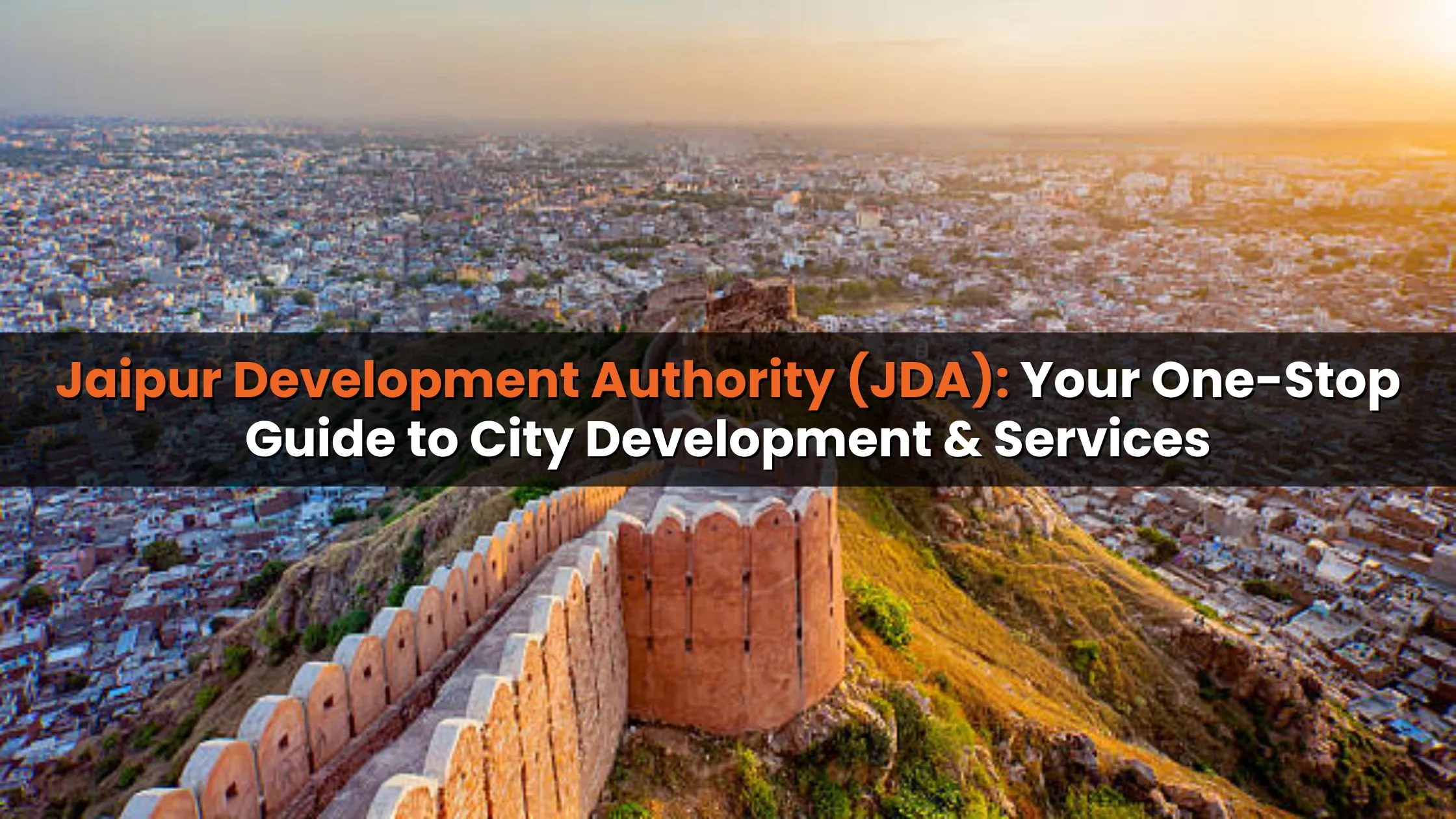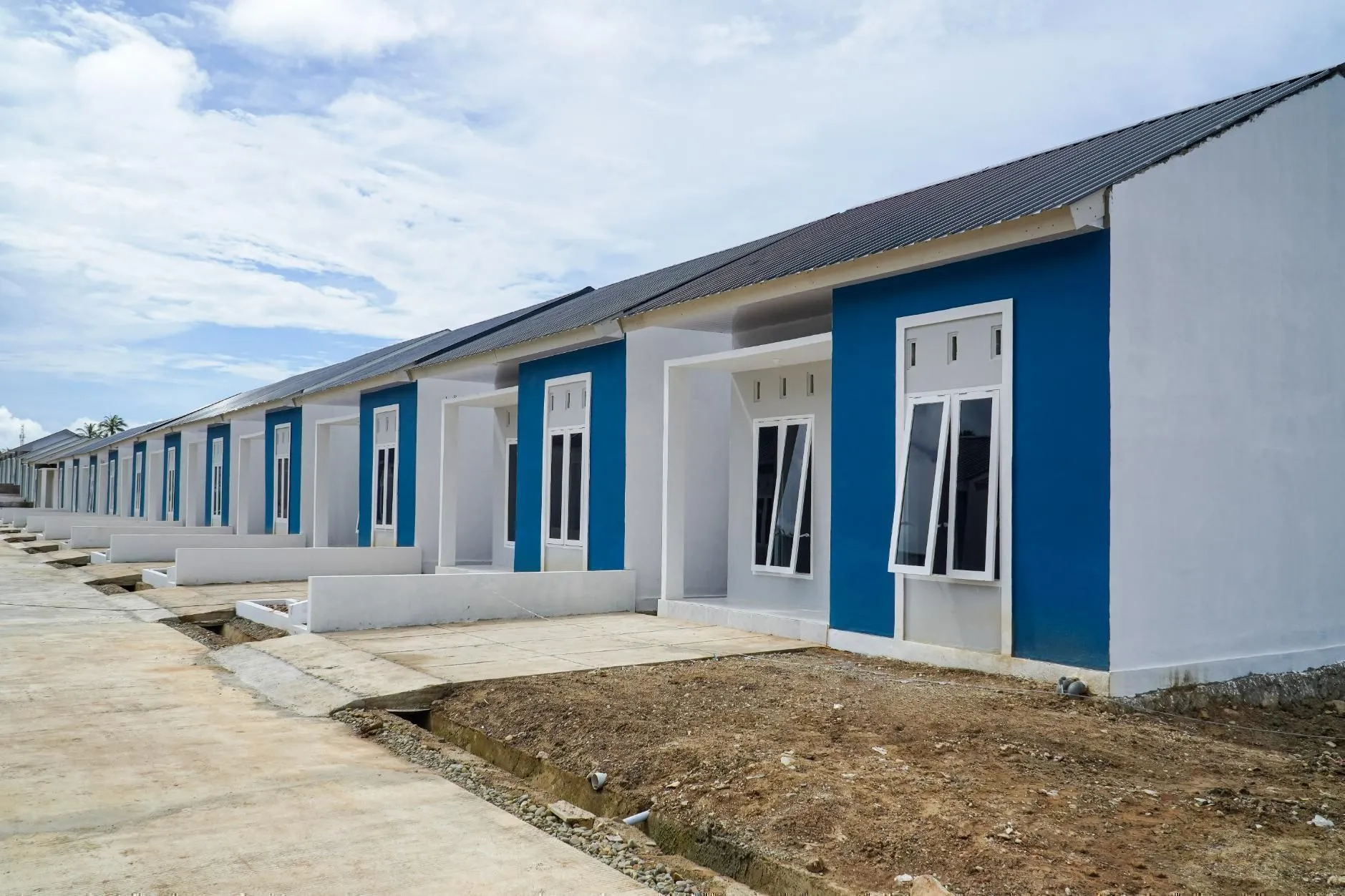Table of Content
- Introduction
- 1. Understanding Affordable Housing
- 2. Major Challenges in Affordable Housing
- 3. Government Initiatives and Policies
- What are the government interventions for the development of affordable housing sector?
- 4. Role of Private Sector and NGOs
- 5. Innovative Solutions and Technologies
- 6. Community Involvement and Awareness
- Conclusion
Introduction
Affordable housing is a pressing issue in India, where rapid urbanization, population growth, and economic disparity have led to a significant demand-supply gap in housing. The challenge of providing affordable homes to the masses is multifaceted, involving economic, social, and administrative aspects. This article explores the major challenges faced in affordable housing in India and presents potential solutions to address these issues effectively.
1. Understanding Affordable Housing
Affordable housing refers to residential properties that are accessible to individuals and families with lower to moderate incomes. The goal is to provide quality housing at a cost that does not exceed 30% of the household’s income. In India, affordable housing is crucial for addressing the needs of the urban poor and low-income groups.
2. Major Challenges in Affordable Housing
a. High Land Costs
One of the most significant hurdles in affordable housing is the high cost of land. In metropolitan areas, land prices have surged due to rapid urbanization and speculation, making it challenging for developers to build affordable housing projects.
Solution: Governments can address this by providing incentives for developers to use land efficiently, such as through the allocation of land at subsidized rates or tax benefits for affordable housing projects.
b. Lack of Infrastructure
Many regions where affordable housing is needed lack basic infrastructure such as roads, sanitation, and electricity. This makes it difficult to develop housing projects in these areas.
Solution: Integrated planning that includes infrastructure development alongside housing projects can help. Public-private partnerships (PPPs) can also play a role in financing and building necessary infrastructure.
c. Regulatory Hurdles
The complex regulatory environment, including lengthy approval processes and numerous compliance requirements, can delay affordable housing projects and increase costs.
Solution: Streamlining regulations and creating a single-window clearance system can reduce delays. Implementing reforms that simplify the approval process can also help expedite project completion.
d. Financing Challenges
Financing is a major challenge, with high interest rates and limited access to credit for low-income groups. This affects both developers and potential homeowners.
Solution: Government-backed low-interest loans and subsidies can make financing more accessible. Additionally, promoting alternative financing models such as Real Estate Investment Trusts (REITs) and Housing Finance Companies (HFCs) can help bridge the financing gap.
Also Read: LIFE Mission Kerala 2024: An Affordable Housing Scheme in Kerala | Latest Updates
e. Quality and Affordability
Ensuring that affordable housing is both cost-effective and of good quality is a delicate balance. Low-quality construction can lead to poor living conditions, while high-quality standards can push costs beyond affordability.
Solution: Adopting cost-effective construction technologies and materials can help maintain quality while keeping costs down. Building standards and regulations should ensure that affordable housing meets basic safety and quality requirements.
f. Land Ownership Issues
Land ownership disputes and unclear titles can delay or halt affordable housing projects. Many potential sites face legal challenges due to unresolved ownership issues.
Solution: Implementing measures to streamline land acquisition and resolve ownership disputes can facilitate smoother project execution. Providing clear legal frameworks and support for land title registration can also help.

3. Government Initiatives and Policies
a. Pradhan Mantri Awas Yojana (PMAY)
The PMAY scheme aims to provide affordable housing to the urban poor by offering financial assistance and subsidies. This initiative focuses on the construction of affordable housing units and the development of infrastructure.
Impact: PMAY has significantly increased the number of affordable housing units in urban areas. However, challenges such as slow implementation and bureaucratic hurdles persist.
b. Affordable Housing Fund
The government has established a fund specifically for affordable housing projects to support the development of low-cost housing and infrastructure.
Impact: This fund helps bridge the financing gap for affordable housing projects. Enhanced transparency and efficiency in fund allocation can further improve its effectiveness.
Also Read: IAY or Indira Awas Yojana 2024: Housing Scheme Renamed as PMAY
c. Land Pooling and Development
The concept of land pooling involves aggregating land parcels to develop large-scale affordable housing projects. This approach can help reduce land costs and streamline development.
Impact: Land pooling has been successfully implemented in several cities, providing a model for affordable housing development. Expanding this model and addressing legal and administrative challenges can enhance its effectiveness.
What are the government interventions for the development of affordable housing sector?
| Indira Awaas Yojana | Indira Awaas Yojana was the first policy intervention, which came from the Government in 1985. It focused on rural housing |
| JNNURM | Jawaharlal Nehru National Urban Renewal Mission (JNNURM), was launched in 2005, with focus on urban housing. |
| Rajiv Awas Yojana and Rajiv Rinn Yojna | These urban housing interventions were launched in 2008, based on the Parekh Committee report. |
| Housing for All schemes (2015-22) | Pradhan Mantri Awas Yojana (Gramin) and Pradhan Mantri Awas Yojana (Urban) are the two wings under the Housing for All schemes (2015-22). The Pradhan Mantri Awas Yojana (Urban)- It was launched in June 2015 to tackle urban homelessness. PMAY-U promised houses for 1.18 crore families by December 2024. However, as of March 2024, it has only achieved around 67% of its target-around 80 lakh. Pradhan Mantri Awas Yojana (Gramin)- It was launched in 2016 with the aim of constructing 2.95 crore houses. The scheme offers ₹1.3 lakh for each unit constructed under the scheme, with a 60:40 funding split between the Centre and State. As of April 30, 2024, a total of 2.6 crore houses have been completed. |
4. Role of Private Sector and NGOs
a. Private Sector Involvement
Private developers play a crucial role in affordable housing. Public-private partnerships can leverage the expertise and resources of the private sector to deliver affordable housing projects.
Impact: Collaborations between public and private entities have led to successful affordable housing projects. Encouraging private sector investment through incentives and regulatory support can drive further progress.
b. Non-Governmental Organizations (NGOs)
NGOs contribute to affordable housing by advocating for housing rights, providing technical support, and implementing housing projects for underserved communities.
Impact: NGOs have successfully addressed housing needs in various regions. Strengthening partnerships between NGOs and government agencies can enhance the reach and impact of affordable housing initiatives.
5. Innovative Solutions and Technologies
a. Prefabricated and Modular Housing
Prefabricated and modular construction methods offer a cost-effective and time-efficient way to build affordable housing. These technologies can reduce construction time and costs.
Impact: Prefabricated housing has shown promise in addressing the affordable housing crisis. Expanding the use of these technologies and addressing quality concerns can further enhance their effectiveness.
b. Green Building Technologies
Incorporating green building technologies can reduce construction and maintenance costs while improving energy efficiency and sustainability.
Impact: Green building technologies can make affordable housing more sustainable and reduce long-term costs. Promoting these technologies through incentives and regulations can encourage their adoption.
6. Community Involvement and Awareness
a. Community Participation
Engaging communities in the planning and implementation of affordable housing projects ensures that the housing meets local needs and preferences.
Impact: Community involvement can lead to more effective and sustainable housing solutions. Encouraging participatory approaches can improve project outcomes and acceptance.
b. Awareness Campaigns
Raising awareness about affordable housing options and available schemes can help low-income families access housing solutions and financial assistance.
Impact: Awareness campaigns can increase participation in housing schemes and improve the utilization of available resources. Targeted outreach and education programs can enhance the impact of affordable housing initiatives.
Conclusion
Addressing the challenges of affordable housing in India requires a multifaceted approach involving government action, private sector involvement, and community participation. By addressing issues such as high land costs, regulatory hurdles, and financing challenges, and by leveraging innovative technologies and solutions, India can make significant progress in providing affordable housing to its growing population. Collaborative efforts and strategic planning will be key to overcoming these challenges and ensuring that every Indian has access to safe, quality, and affordable housing.
Also Read: Affordable Housing Projects: Gurgaon, Sohna, Panchkula, DDJAY Plots Complete Details












Ans 1. Launched in 1985, Indira Awaas Yojana was the first government intervention focused on providing housing for rural areas in India. The scheme aimed to improve housing conditions for the rural poor.
Ans 2. JNNURM, launched in 2005, focuses on improving urban infrastructure and housing. It aims to enhance the quality of urban life through the redevelopment of infrastructure and housing projects in cities.
Ans 3. Both schemes were introduced in 2008. Rajiv Awas Yojana aimed at increasing urban housing availability, while Rajiv Rinn Yojana focused on providing financial assistance for home loans.
Ans 4. The Housing for All schemes include the Pradhan Mantri Awas Yojana (Gramin) and Pradhan Mantri Awas Yojana (Urban). Launched to address housing needs in both rural and urban areas, these schemes aim to provide affordable housing by 2022.
Ans 5. PMAY-U, launched in June 2015, aims to provide affordable housing for urban poor, with a target to build houses for 1.18 crore families by December 2024. As of March 2024, about 80 lakh houses have been completed.
Ans 6. PMAY-G, started in 2016, focuses on rural housing. The scheme aims to construct 2.95 crore houses with a financial assistance of ₹1.3 lakh per unit, funded by the central and state governments. As of April 30, 2024, around 2.6 crore houses have been completed.
Ans 7. PMAY-U helps address urban homelessness by funding the construction of affordable housing units. It aims to provide secure and quality housing to urban poor families.
Ans 8. PMAY-G offers ₹1.3 lakh for each house, with funding shared between the central and state governments in a 60:40 ratio.
Ans 9. The main objectives of JNNURM are to improve urban infrastructure, promote sustainable urban development, and enhance the quality of urban living through the development and upgrading of housing and infrastructure.
Ans 10. Rajiv Rinn Yojana provides financial support to individuals seeking home loans, facilitating access to affordable housing by easing credit constraints for low-income families.